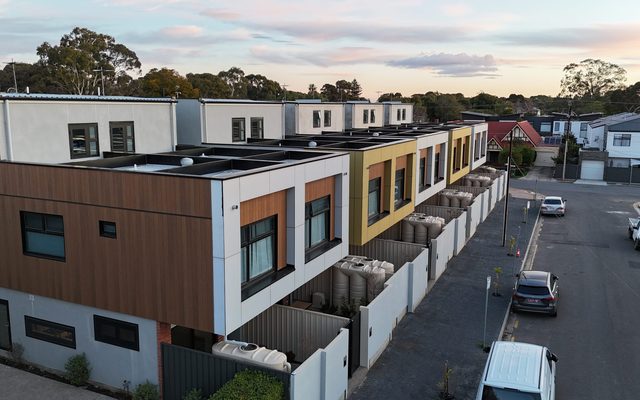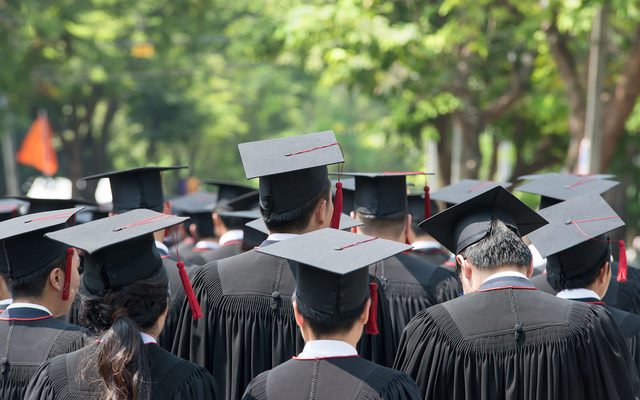This article is from the Australian Property Journal archive
THE University of Tasmania is taking the initiative to address the student accommodation crisis in Hobart by acquiring a hotel to convert into student housing.
UTAS has acquired the Midcity Hotel in 96 Bathurst St.
The 3-star hotel comprises 105 rooms, which UTAS plans to refurbish to be ready in time for Semester 2 this year.
UTAS Vice-Chancellor Professor Rufus Black said the conversion will deliver housing for 140 students and additional spaces for more than 30 when the work program at the property is complete.
“We are very aware of the tightening housing market in Hobart and the impact this is having on individuals, families and the broader community.
“That’s why we’ve been working on innovative projects that we can act on quickly to address housing pressures in the immediate term, while continuing to develop further student housing options in the medium term,”
“We have a wonderful University in a wonderful part of the world, and we are committed to providing the infrastructure and the services to support our students while they study with us.
“Just as importantly, we are committed to doing our part to meet the challenges that we as a Tasmanian community face together.” Black said.
The latest purchase is part of UTAS’ strategy to address the student accommodation shortage and comes after it secured private investment in March this year to underwrite a new $70 million 430-bed apartment complex at 40 Melville St, which is slated for completion in 2020.
UTAS is not alone, its counterparts on the mainland are also taking the initiative. Last week, the University of Sydney is proposing a $40 million project to deliver 337 affordable student housing dwellings.
And earlier this month, La Trobe University in Melbourne announced it is stepping into the development of student accommodation – the first time since the original establishment of its residential colleges 50 years ago. The new facility in Bundoora will deliver 600 student beds. La Trobe Vice-Chancellor Professor John Dewar said the investment was driven by strong domestic and international student demand.
Meanwhile the withdrawal of Midcity as a hotel comes as the city shows signs of a slow down as new supply looms.
According to Savills Hotel Market February 2018 Report, the Australia wide market achieved a RevPAR for CY 2017 of $143, which represented year on year growth of 2.8%. All Australian cities posted RevPAR growth or no growth, except Perth and Hobart with RevPAR declining 11.3% and 0.5% respectively.
Despite declining by 1.6%, Hobart’s occupancy rate remains high at 80.8% – ahead of the Gold Coast, Canberra, Brisbane, Cairns, Perth, Adelaide and Darwin.
Hobart is behind Sydney (85.9% and Melbourne (83.1%).
Hobart’s Average Daily Rate (ADR) increased by 1.1% and was also higher than most capital cities, at $171.40, behind Melbourne ($185.52) and Sydney ($230.13).
As a more leisure-based destination, Hobart continues to attract international and domestic tourists with an increase in international visitors (up 16.6%) and domestic visitors (up 12.3%) for the year ending September 2017.
According to Savills, an additional 1,700 rooms are anticipated to enter into the market over the next three years.
“Due to the size of the Hobart market, KPI growth will be constrained if all of the expected new supply is constructed and the market will be unlikely to correct until the new supply is fully absorbed. Of course not all projects will proceed and accordingly we expect a number of planned or proposed projects will not materialise.” The report said.
Australian Property Journal




